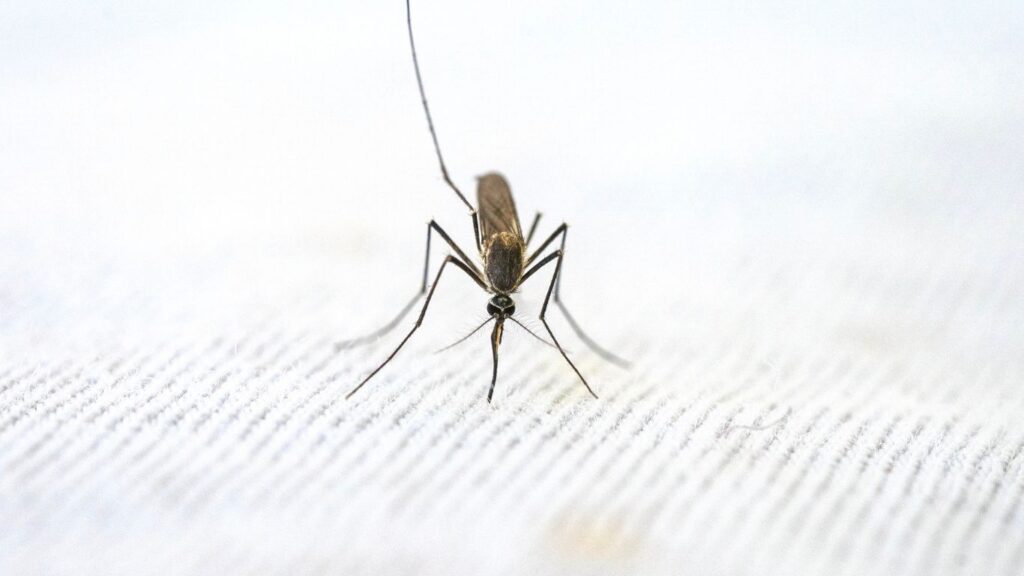World Malaria Day, observed annually on April 25th, is dedicated to raising awareness and generating global support in the fight against malaria, a life-threatening disease transmitted through the bites of infected Anopheles mosquitoes. Established by the World Health Organization (WHO), this day serves as a crucial reminder of the health and economic implications of malaria, particularly in tropical and subtropical regions where the disease is most prevalent. Despite being preventable and treatable, malaria continues to have a devastating impact, with millions of new cases each year predominantly in Africa, South-East Asia, and the Americas. The day emphasizes the need for sustained investment and political commitment for malaria prevention, diagnostics, and treatments, which are vital for achieving the targets of reducing malaria case incidence and mortality rates globally.
World Malaria Day: Knowing the History and Significance of This Day
The History of World Malaria Day
World Malaria Day was officially established by the World Health Organization (WHO) during the World Health Assembly of 2007. It emerged from an initiative originally known as Africa Malaria Day, which was first observed in 2001. Africa Malaria Day was itself a direct outcome of the historic Abuja Declaration signed by African leaders at a summit in Nigeria in 2000, where they pledged to reduce malaria mortality by half by 2010. Recognizing the global nature of the challenge, WHO members expanded the observance to a global platform, thus inaugurating World Malaria Day to better reflect the worldwide impact of the disease.
The day was first observed globally on April 25, 2008, and has since served as an annual occasion to highlight the need for continued investment and sustained political commitment for malaria prevention and control. The establishment of this day was a key milestone in building international cooperation and support for malaria control efforts. Prior to this, key milestones included the launching of the Global Malaria Control Strategy in 1992 by WHO, which advocated for strengthened health systems and community participation to reduce malaria transmission. Each of these steps demonstrated a growing international resolve to combat malaria and underscored the importance of global solidarity in tackling this preventable yet deadly disease.

Understanding Malaria
Malaria is a serious and sometimes fatal disease caused by Plasmodium parasites, which are transmitted to humans through the bites of infected female Anopheles mosquitoes. Upon entering the human body, the parasites migrate to the liver where they mature and reproduce. The symptoms of malaria include fever, headache, chills, and vomiting, and typically appear between 10 to 15 days after the infective mosquito bite. If not treated promptly, it can progress to severe illness and often lead to death.
The life cycle of the malaria parasite involves two hosts: the Anopheles mosquito and the human. The cycle begins when a mosquito ingests blood from an infected person, taking in Plasmodium gametocytes along with the blood. Inside the mosquito, the gametocytes develop into sporozoites, which migrate to the mosquito’s salivary glands. When the mosquito bites another human, the sporozoites are injected and begin the cycle anew.
Technological and medical advancements have significantly improved the diagnosis and treatment of malaria. Rapid diagnostic tests (RDTs) allow for quick, on-site detection of malaria antigens, facilitating immediate treatment. In terms of treatment, artemisinin-based combination therapies (ACTs) are the most effective antimalarial drugs, significantly reducing the mortality rate of severe malaria. These advancements, alongside ongoing research into malaria vaccines and improved mosquito control strategies, represent crucial steps toward controlling and eventually eradicating malaria.
The Significance of World Malaria Day
World Malaria Day is aimed at highlighting the need for sustained political commitment and resource allocation to prevent, control, and ultimately eliminate malaria. The day serves to increase awareness about the disease, disseminate information on prevention strategies, and encourage initiatives to reduce malaria transmission worldwide. By focusing on elimination, the initiative aligns with the WHO’s goal to end malaria in at least 35 countries by 2030.

Recent themes of World Malaria Day have underscored various aspects of this fight. For example, the 2021 theme, “Zero Malaria – Draw the Line Against Malaria,” emphasized community empowerment and the critical role of personal and government accountability in achieving a malaria-free world. Similarly, the 2022 theme, “Harness innovation to reduce the malaria disease burden and save lives,” focused on integrating new tools and strategies in the global effort against malaria.
The observance of this day has facilitated numerous success stories, such as the significant reduction in global malaria incidence and mortality rates since 2000, thanks to increased funding, improved disease surveillance, and the widespread use of insecticide-treated nets (ITNs) and effective antimalarial treatments. These achievements highlight the positive impact that increased awareness and international cooperation can have on combating malaria globally.
Current Challenges and Global Efforts
Eradicating malaria remains a formidable challenge, primarily due to the development of resistance to antimalarial drugs and to the insecticides used in treating bed nets and spraying homes. These resistances undermine efforts to control the disease and require ongoing research and adaptation of strategies.
In response, global efforts are intensifying to overcome these hurdles. The development of the RTS,S/AS01 (Mosquirix™) vaccine, which shows moderate efficacy, marks a significant breakthrough in malaria prevention. Additionally, continuous funding campaigns by entities like the Global Fund and the establishment of international partnerships, such as the Roll Back Malaria Partnership, are crucial in sustaining the fight against malaria.
Governments play a pivotal role by integrating malaria control programs into national health policies and ensuring the allocation of adequate resources. NGOs are instrumental in implementing ground-level initiatives, raising awareness, and mobilizing resources, often acting as intermediaries between governments and local communities. Community involvement is also critical; local leaders and volunteers help distribute nets, facilitate access to testing and treatment, and educate their communities about preventing malaria. Collectively, these efforts from governments, NGOs, and communities are essential for the ongoing global fight against malaria.

Final Thoughts
As we observe World Malaria Day, it’s crucial to reflect on the strides made and the challenges that remain in the fight against malaria. This day not only raises awareness but also galvanizes international support to combat this preventable yet deadly disease. By continuing to invest in innovative treatments, strengthening global and local partnerships, and fostering community involvement, we can move closer to eradicating malaria. Let’s remain committed to this cause, advocating for resources and policies that aim to eliminate malaria globally. Together, we can achieve a malaria-free world, making every effort count in this significant public health battle.
Also read: How to Stay Calm, Focused, and Energetic in Corporate Environment: Essential Tips
